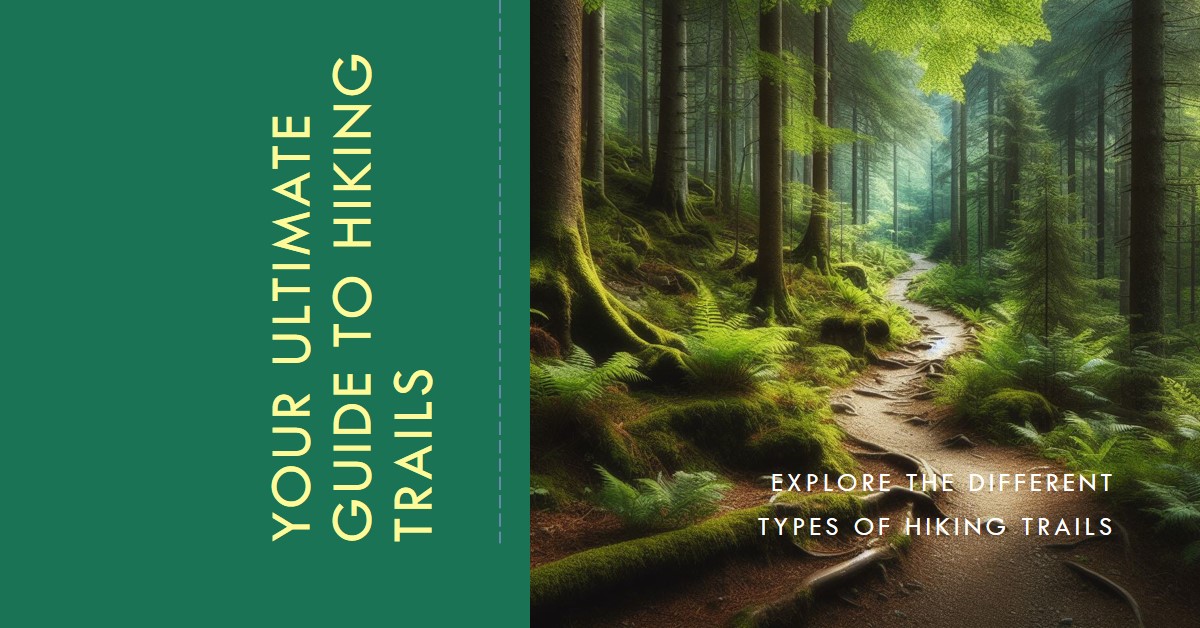Preparing your hiking shoes for the trails by wearing them at home and on shorter walks can significantly increase their comfort and flexibility. Ensuring you have comfortable and well-fitted hiking shoes is the first step to having a memorable outdoor adventure.
However, new hiking shoes can often be rigid and uncomfortable, bringing the potential for painful blisters and sore feet. To ensure a smooth trekking experience, it’s necessary to break in your hiking shoes before you set foot on the trails.
No magic trick can instantly break in your footwear, yet there are effective techniques that can speed up the process. This guide will walk you through how to break in your hiking shoes in an optimal way. By following these tips, you can fully appreciate the beauty of the natural world without the distractions of discomfort or foot problems.
Table of Contents
The Importance of Breaking In Hiking Shoes
Comprehending the necessity to break in hiking shoes is vital for every hiker. Hiking boots are crafted to supply sturdy support and protection during outdoor activities. However, when new, they can be tight and uncomfortable. The process of breaking in hiking shoes allows them to conform to your feet, which serves as a deterrent to blisters, hot spots, and other discomforts while hiking.
The reasons why hiking shoes should be broken in include:
- Expanded comfort: Allowing your shoes to conform to your feet increases the comfortability level by creating a more personalized fit.
- Deterrence of blisters: The process of breaking in hiking shoes softens the material, reducing friction and subsequently the likelihood of blister formation.
- Fostering flexibility: Hiking shoes, when fresh, can be inflexible, causing movement hindrance. Breaking them in enhances flexibility, promoting natural movement.
Consequences of not breaking in hiking shoes properly:
- Elevated discomfort: Hiking shoes that have not been appropriately broken in could lead to continuous discomfort, making it difficult to enjoy the hiking experience.
- Risk of Injury: Shoes that do not fit well can cause foot exhaustion and instability, which can result in injuries like sprains or twists.
- A decrease in durability: Failing to properly break in your shoes could hasten the degradation process, thereby reducing their durability.
Major Steps to Break In Hiking Shoes
Identifying well-fitted hiking shoes: To ensure maximum comfort, finding a pair of hiking boots that fit perfectly and provide the necessary support is central to the process. Dedicate some time to sampling different brands and styles to find the optimal fit for your needs.
Getting used to the shoes indoors: Begin the process by wearing your new hiking boots at home for short periods. This accustomed your feet to the feel of the shoes and allows you to address any initial discomfort early on.
Gradually increase duration and intensity of use: Once you get comfortable with indoor wear, it’s time to take it a notch higher. Gradually ramp up the duration and intensity of use. Short walks around your local neighborhood or park are a great way to build your feet’s endurance.
Enhance adaptability by utilizing various terrains: To completely break in your hiking shoes, it’s useful to walk on various types of landscape. This gradual exposure to uneven treks, hilly terrains, and diverse surfaces ensures they offer comfort and support under differing conditions.
Avoid overuse: While it’s important to frequently wear your hiking boots to break them in, avoid being over-ambitious. Excessive use can lead to unwanted blisters or discomfort. Listen to your body and take breaks when necessary.
Strategies For Maximizing Comfort With Your Hiking Shoes
Effective lacing and adjustments to your hiking boots can drastically increase your comfort on the trails. Begin by securing a firm fit around your heel and midfoot to mitigate the possibility of blisters and soreness. Employ suitable socks made out of materials that wick moisture to keep your feet dry and further prevent blister formation. Immediately address any emerging hot spots or blisters by using moleskin or a similar treatment. Custom insoles or inserts can offer additional padding and support based on your individual needs.
It’s a crucial step in the trek preparation to break in hiking boots to avoid discomfort. Applying a leather conditioner can soften leather shoes while fabric shoes can be worn around the house or on short walks to facilitate the process. Different shoe variants may require unique techniques, so it’s important to do some research to follow the manufacturer’s guidelines or consult a professional if needed. Remember, comfort should not be compromised if you want to enjoy your hiking exploits to the fullest!
Enhancing The Life Expectancy of Your Hiking Shoes
Regular maintenance: It cannot be overemphasized that regular cleaning of your hiking boots after every hiking trip is paramount. Clear any mud, dirt, or debris that may have gathered on your boots. Use a soft brush or cloth to gently clean the outer surface without damaging the material.
Preventing premature degradation: To keep your hiking shoes in good condition for longer, consider applying a water-resistant treatment or spray. This serves a dual purpose: protects them from moisture damage and prevents premature wear and tear.
Caring and drying your boots correctly: After each use, store your boots in a cool, dry section of your house. Placing them near direct heat sources can destroy the materials, thus, it should be avoided. Additionally, it’s important to let your boots dry completely before storing them to inhibit mildew and mold growth.
Identifying the correct time to replace your boots: Regardless of the level of maintenance, wear and tear are inevitable. Regularly inspect the soles for signs of excessive wear, watch out for any severe deterioration to the upper materials, and evaluate their comfort level and support provision over time. If they can no longer provide adequate protection and support, it may be time to purchase a new pair of hiking shoes.
Frequently Asked Questions About Breaking In Hiking Shoes
How Much Time Does It Take To Break In Hiking Shoes?
The breaking-in process for hiking shoes can take anywhere from a few hours to several hikes, depending on your type of shoe and the unique shape of your feet. It’s crucial to incrementally step up the duration and intensity of your hikes so your feet can adjust properly, thus mitigating blisters or discomfort.
How Can I Speed Up The Process Of Breaking In My Hiking Shoes?
To hasten the breaking-in process, consider wearing your hiking boots around your house or on short walks before trekking proper. Applying a leather conditioner to soften the material and using thick socks or cushioned insoles can provide extra comfort.














